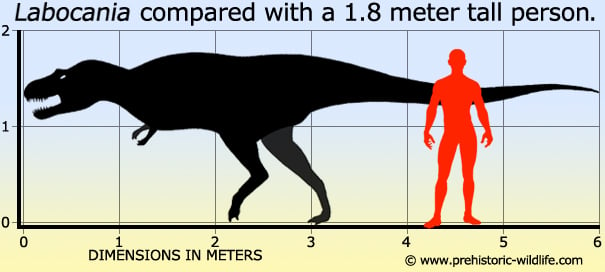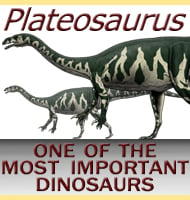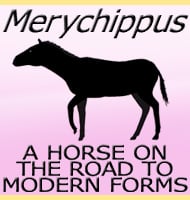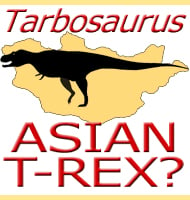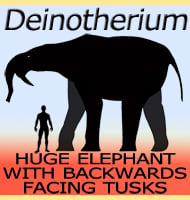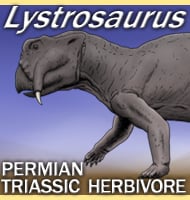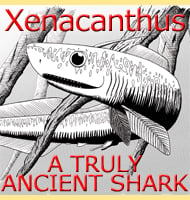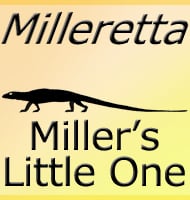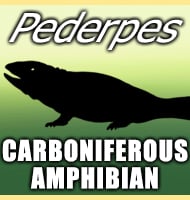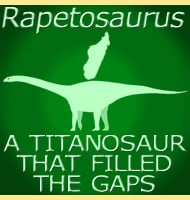In Depth
The few scant fragmentary remains of Labocania make it very difficult to classify, but analysis of the post cranial elements suggest that it was a tyrannosaurid. What parts of the skull which are known are more robust however suggesting that Labocania had a differently shaped skull. It is easy to see why Labocania is treated by many to be a dubious entry to the Tyrannosauroidea as no tyrannosaurs were known that far south at the time of its discovery. However the discovery of new tyrannosauroids such as Bistahieversor and Teratophoneus from the southern United States has not only shown that the tyrannosaurs were active in southern Laurasia (Western Canada, United States and Mexico), but that they had different skulls to the better known North American tyrannosaurs like Daspletosaurus and Albertosaurus. Without new and hopefully better preserved material Labocania will be hard to confirm outright as a tyrannosauroid, but it is not as dubious as it once was.
Further Reading
– A distinctive theropod dinosaur from the Upper Cretaceous of Baja California (Mexico) – Journal of Paleontology 48(5): 1009-1017 – Ralph E. Molnar – 1974.
